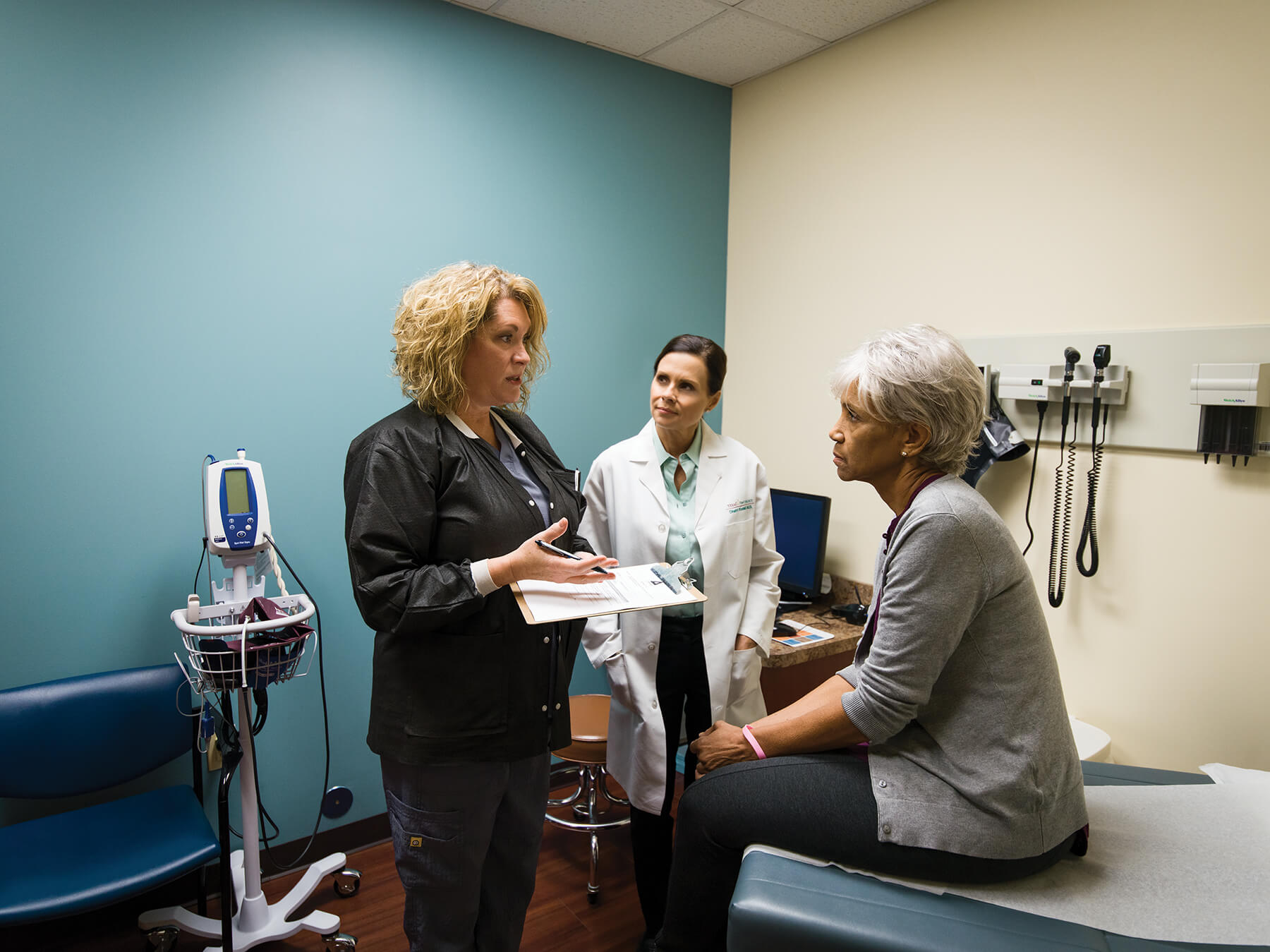« Back to Blog
The US Oncology Network Advances Value-Based Care with Alternative Payment Models for Radiation Services
By David C. Fryefield, MD | June 2018
Radiation oncologists have been operating in a very challenging landscape for quite some time―one that has created unpredictable revenue streams for providers and made the delivery of quality care more difficult. Providers are under pressure from payers to reduce the number of treatments based on clinical trials demonstrating fewer treatments are as effective as a larger number in certain cancers. Innovative technologies are now part of the radiation oncologist’s toolkit, but these advances are driving up costs. As a result, prior authorization requirements and denials have greatly increased, dramatically impacting revenue and hindering the timely delivery of quality care.
New Payment Models Reduce Uncertainties
To drive greater value in cancer care and provide more predictability to providers, payers and patients, The US Oncology Network (The Network) has developed several alternative payment models (APMs) for radiation services. These new value-based APMs focus on private payers, since roughly half of a practice’s patients may be covered by private or commercial insurers. While reducing the uncertainties around treatment authorizations and reimbursement, these APMs also more closely align payments with the care patients actually receive.
Several practices in The Network already had APMs up and running while our models were on the drawing board, providing valuable insight into how various APMs actually perform. Drawing from this hands-on experience and the collective expertise and resources of The Network, two APM models were created, both of which transition from the traditional fee-for-service model to more predictable episode-based bundles.
The Episode of Care Model
The episode of care model offers flexibility, as it can be designed either as a disease site/stage-based model or a modality-based platform. The disease site/stage-based framework provides prepayment for a defined single episode of care based on the disease site or stage. The modality-based model provides prospective payment for an episode of care utilizing case rates based on various technologies, including 3D conformal therapy, IMRT, SRS/SBRT, and HDR/LDR brachytherapy.
The Capitated Payment Model
Less prevalent across The Network with practices already using APMs, the capitated model shifts more risk to providers for patient care, paying them on a per member monthly basis for services provided to a specific payer population.
There is a definite learning curve when implementing these new models, and The Network is assisting affiliated practices with various levels of support. A comprehensive playbook has been developed to guide practices in determining which models are the best fit for their practice. Risk mitigation strategies are also presented, along with information on evaluating APM opportunities and the readiness of the practice to implement the new models. Ongoing assistance is also provided to help practices succeed as they encounter challenges along the way.
Creating Our Own Future
While we cannot control the evolving environment we currently operate in, we can control how we respond to it. Value-based care is here to stay. Consequently, we have much to gain by developing our own value-based models that better serve all stakeholders, rather than waiting for less than optimal models to be forced upon us. While it is too early to draw definite conclusions about whether these new APMs will be successful, they are, nevertheless, a great start on our journey to value-based care for radiation services. Not only do they support the timely delivery of high-quality care and realign incentives in a more equitable way, they also provide valuable real-world experience that can drive improvements in future models.

